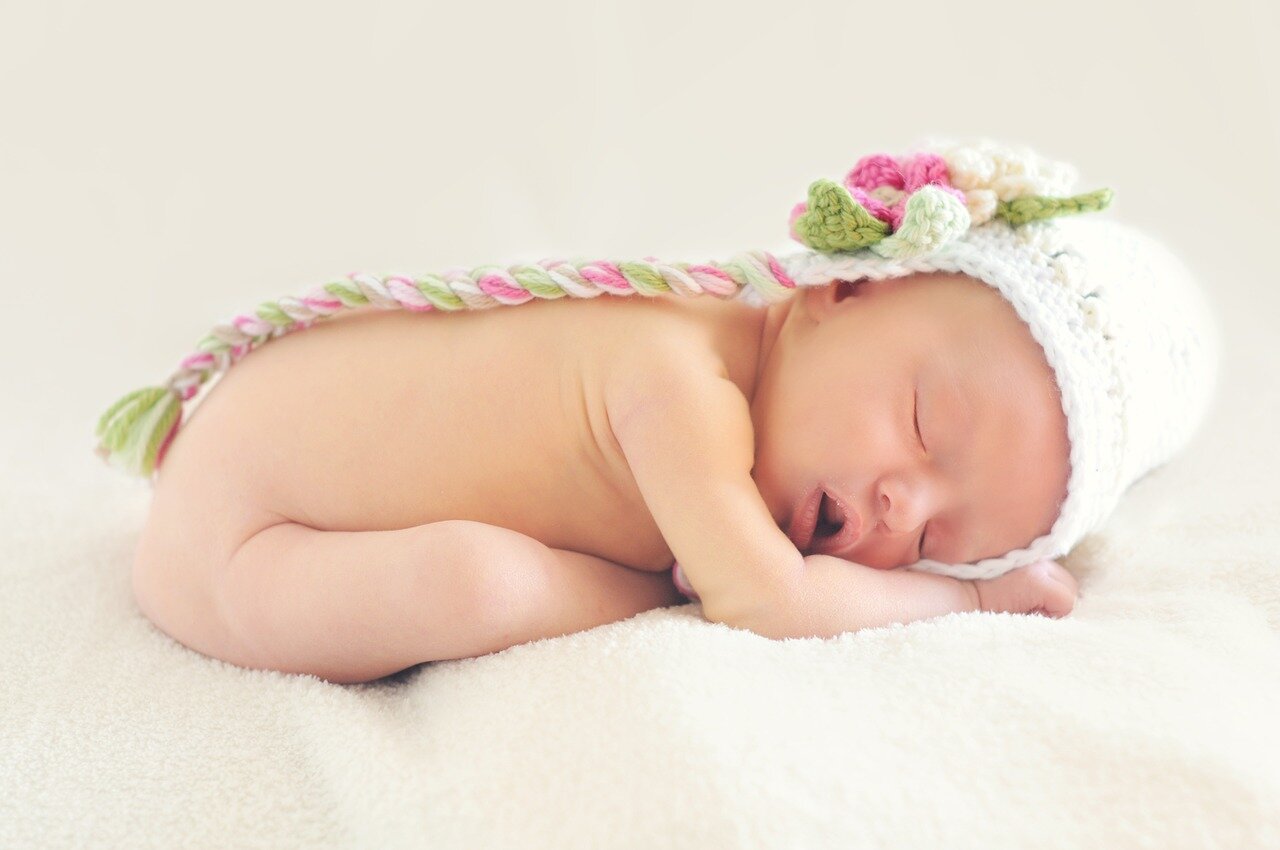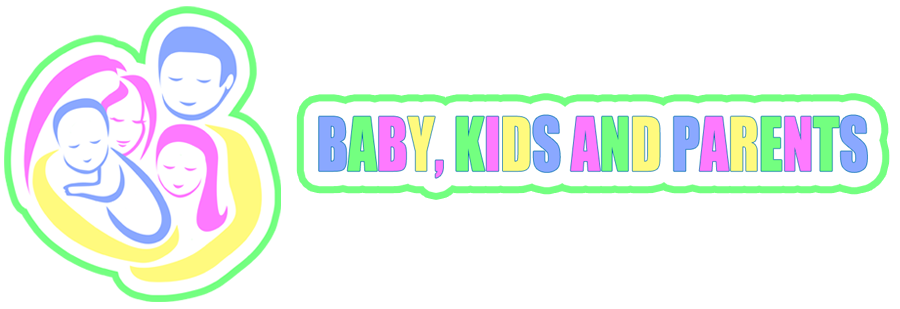
The baby’s development
Baby’s skin
Your baby’s skin in the first few weeks may be discolored, may look reddish or bright pink, and may be blotchy. Also the skin itself may be wrinkled, loose and scaly in some places. This is normal, so don’t panic, most of the babies are born like this. You can notice other marks such as vernix – cheesy covering on your baby’s skin, milia – tiny white spots around his nose and chin and lanugo – fine hair around his neck, back and shoulders.
Baby’s head
If your baby was born vaginally, her head may be asymmetrical and a little swollen, because she passed through a relatively narrow passageway – your pelvis. The baby may have swollen eyelids, puffy eyes, a pushed in nose. All of these changes will be gone by the end of the first week or two.
The bones in your baby’s skull are still growing together. The skull is growing faster during the first four months than at any other time in baby’s life. The pediatrician will pay attention to the baby’s head growth, because it reflects the growth of her brain.
On baby’s head you can also see a pulse at her fontanel or the area where the skull bones are still growing together.
In the first month your baby’s head needs support when you hold her, but her neck muscles are getting stronger. If you put your baby on stomach, she will try to lift her head, which is a good exercise for the neck muscles. She may even be able to turn her head from side to side.
Sounds and sights
In the first week your newborn baby will learn to recognize your voice and she will know that she can rely on you. Hearing her parent’s voices helps her adjust to the new world and lets her know that she is protected by you. She can’t understand your words, but with your talking you show her your love, so the more you talk, the better.
If the sound is too loud, baby is reacting with twitching body and spreading fingers. It takes time to get used to the voices of parents, as well as the other sounds in the environment.
Although the baby’s hearing is well developed, he will not look for the source of the sound. When startled by a noise, he might cry, stiffen his body and legs, or trust his arms outward and pull them back to his chest.
The baby in the first month may keep immovable object in the visual field and not concentrate on it. The baby best fixed view is at distance of 8-14 inches, which is exactly the distance at which see the face of mom during breastfeeding. By looking at your baby during his meals, you’ll encourage him to practice focusing. During feeding move your head slowly from side to side and see if his eyes follow you. This practice helps build his eye muscles and tracking skills.
Advices for parents
Your baby will sleep most of the day, so use the short period in which she is awake to create strong emotional ties, as well as a variety of games that will encourage her development. Soon the baby will begin to recognize your face, so be sure always to be near. If you have something to finish in another room, talk to your baby from there. If she begins to cry, take it gently and comfort her.

